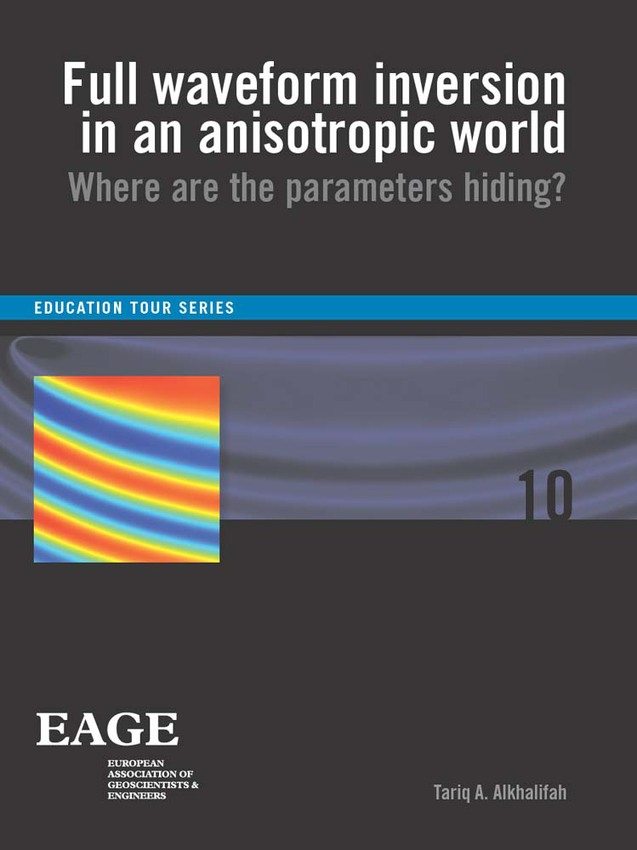Full Waveform Inversion in an Anisotropic World (EET 10)
Where are the parameters hiding?

- EPUB
Why full waveform inversion? Is not imaging (at a very reduced cost) enough? Well, a simple visual characterization depicting the difference between what the two approaches bring to the table can be realized using the common street artist pencil and brush. While imaging provides us with what we could describe as a pencil sketch of the Earth’s content, outline its complications, FWI fills in the colours, with a more in depth description and clarity to the Earth’s picture. While a pencil sketch may, depending on the pencil (or the frequency), provide a map of the major elements in the drawings, FWI provides colours, usually with definite crisp borders between the colours, reflecting the high resolution nature of the technique.


